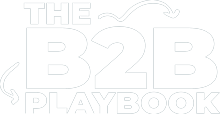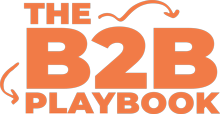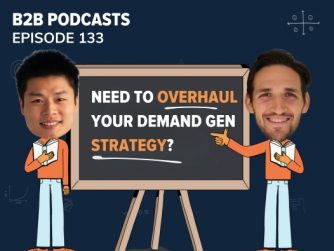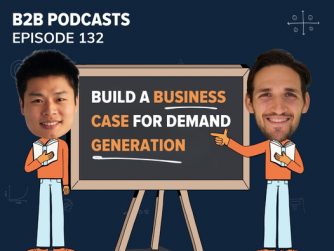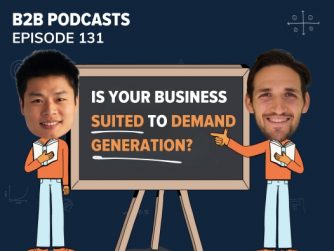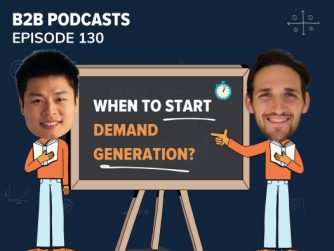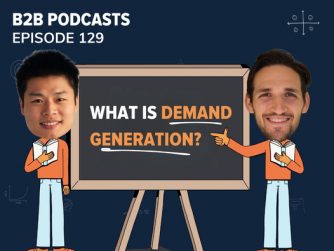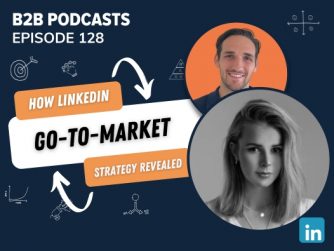I know, I know – you’ve heard it a number of times.
“Stop trying to boil the ocean”
“You need to niche down if you want to get traction”
But seriously, B2B market segmentation – i.e. segmenting your Total Addressable Market (TAM) is a crucial step in any marketing strategy. If your marketing isn’t getting the cut-through or making the impact that you want, there’s a good chance that you need to look at b2b market segmentation.
Marketing legend Philip Kotler said it very nicely:
“The aim of marketing is to know and understand the customer so well the product or service fits him and sells itself.”
Philip Kotler
It’s only by focussing on a specific target audience that we can deeply understand our customers. And that’s where the magic starts to happen with your marketing.
But how do you do it?
Well, let’s start with our Total Addressable Market.
Your Total Addressable Market (TAM)
Your Total Addressable Market (TAM) is the total size of a market that a particular product or service could potentially be sold to. It’s a way of measuring the potential demand for a product or service, and it’s typically used by companies to help them understand the size and scope of a market and to set business goals.
For example, let’s say that you are the CEO of a SaaS company that helps architects draw up plans faster. Your TAM might include all architects working in small to medium sized business. This would be your total potential customer base.
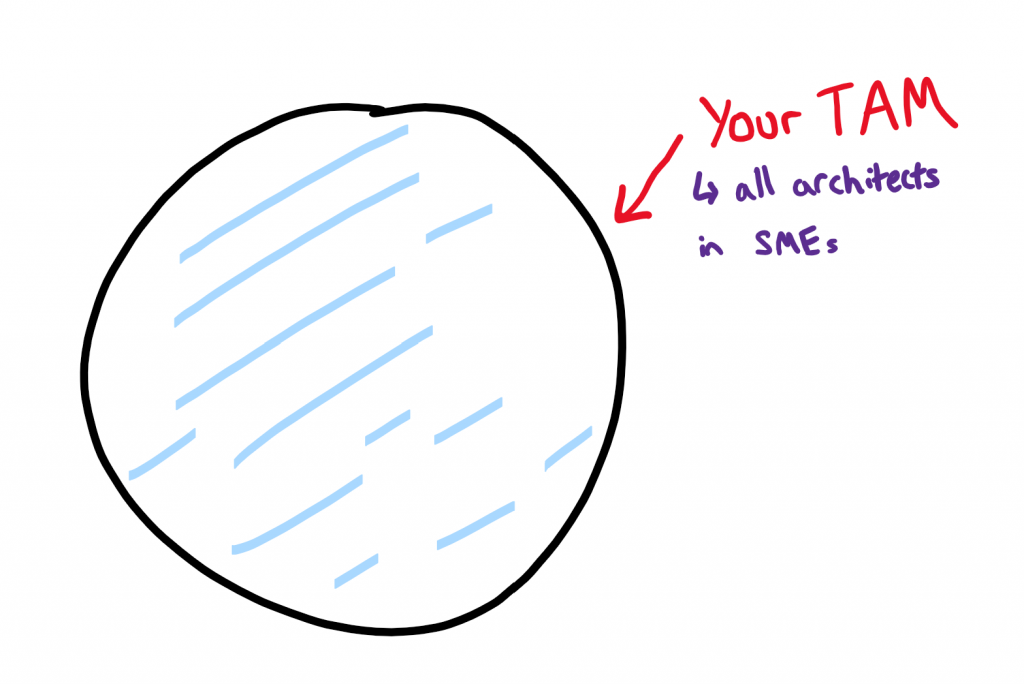
Marketing to your TAM all at once is where many marketers go wrong. By trying to appeal to a wide audience, your marketing and product fail to appeal directly to anyone in particular.
This leads to: higher customer acquisition costs, a lack of cohesion across different departments, a customer service nightmare, and a confused product or service.
Worst of all, it won’t create any raving fans. People who love your product because it solves a very real pain point that they have in a way that nobody else does.
How To Segment Your TAM
Segmenting your TAM means finding your best customers, and then grouping them based on common attributes they share. The more attributes the customers share in a group, the more targeted and niche your segment is.
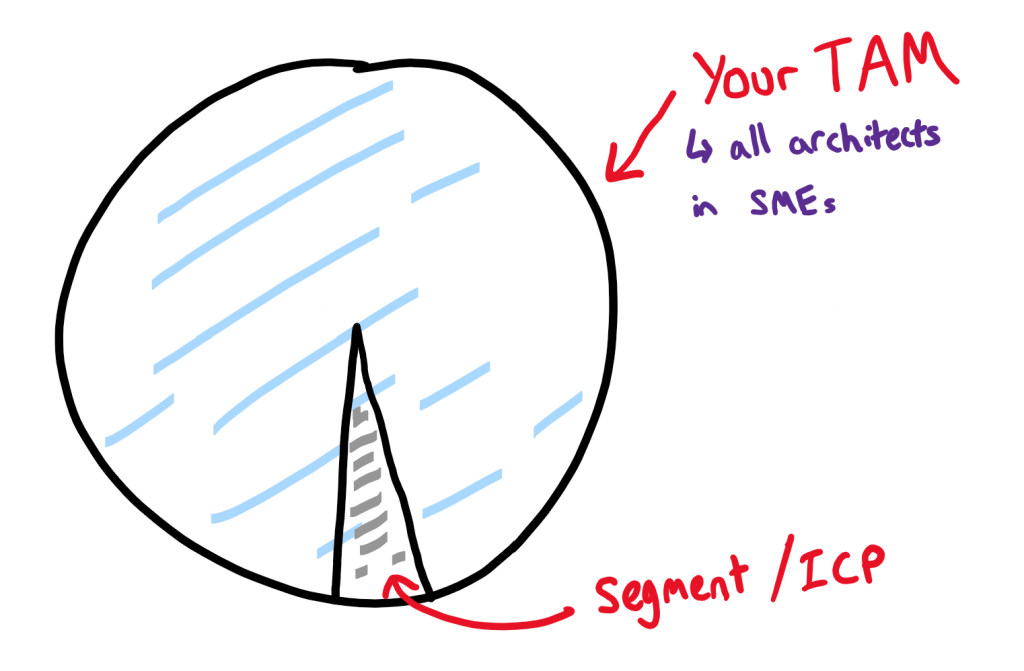
So let’s kick into how to find your best customers.
Start With 80/20 Analysis
Like anything, this process should start with 80/20 analysis of your existing customers. This means looking at which existing customers are driving the most impact for your business? Which ones fit it like a glove?
Often the answer here goes beyond revenue, and into things like:
- profitability
- product / market fit
- time to service
- potential for growth
The factors you take into account here will be dependent on your business type and stage of growth.
Once you have this list of your best customers from this analysis, it’s time to start identifying common attributes they share.
Identify Common Attributes Of Best Customers
A great way to categorise these attributes is to categorise them as either firmographic, demographic, or psychographic factors.
Firmographic factors are characteristics that relate to the company or organization you are targeting. These can include things like industry, size, revenue, and number of employees.
Demographic factors are characteristics that relate to the personal characteristics of your target audience. These can include age, gender, education, income, occupation, and location.
Psychographic factors are characteristics that relate to the attitudes, interests, and lifestyles of your target audience. These can be more difficult to measure than demographic and firmographic factors, but they can be very useful in helping you understand your audience’s motivations and preferences.
In the example of our SaaS business for architects working in small to medium sized businesses, we might find our that some of our best customers have the following characteristics in common:
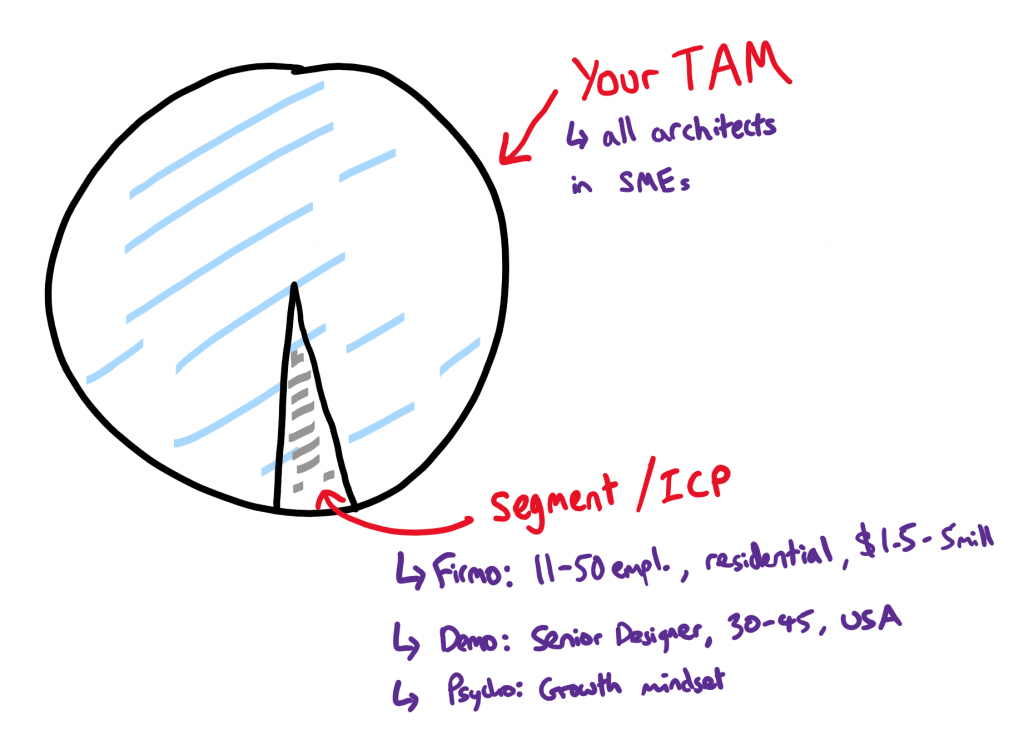
Firmographic: 11-50 employees, residential development, $1.5-$5 million revenue
Demographic: Senior architectural designer, 30-45, USA
Psychographic: Growth mindset, loves to make things more efficient
So we can now carve this out as a slice (or a segment) from the overall market.
Note: There’s a good chance that when you do this in practice, you’ll identify companies that don’t quite fall into this bucket but are still great companies. The temptation will be to widen your segment to fit them in.
My advice?
Don’t! Otherwise you can’t tailor your marketing to that segment, and it won’t be as effective. You can always create another segment once you run out of opportunities with your existing one.
Measure The Market Segment Against Your Goals
Once you’ve established a segment, you want to make sure that it aligns with the goals of your business.
Ask yourself these questions:
- Is this segment big enough to meet our quarterly/yearly revenue numbers expected?
- Is one of our competitors already targeting this segment? Do we really have a competitive advantage over them?
- How long will it take for us to make an impact on this segment?
- Are they already looking for a product like yours? Or do they need to be educated on the problem first?
- Do we have existing resources and connections that we can leverage in this segment?
This should give you a great indication as to whether it’s a segment worth pursuing, or if you need to reevaluate the criteria for your segment.
A Final Word On Segmentation
Once your segmentation has taken place, you need to clarify and update three things: your positioning, unique value propositions, and your messaging.
That’s how you’re going to get your brand to resonate with the segment you’re targeting. It’s what’s going to make it feel like your business and solution was made just for them. And it’s what’s going to turn them into raving fans.
